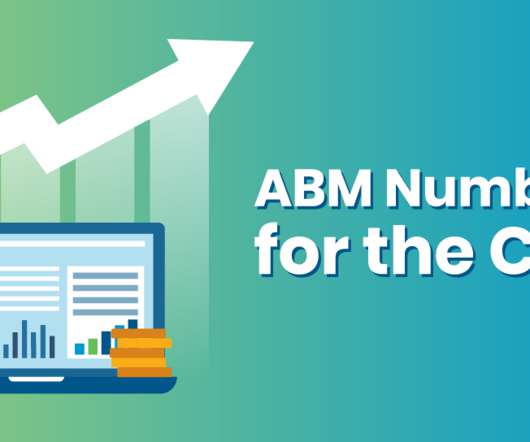Why ABM Is Your Small Team's Secret Weapon
Hubspot
JULY 15, 2020
AI can help save you the headache with predictive models that compare your list against your best customers. Even before the world changed, Forrester showed that 65% of B2B buyers prefer to conduct their purchase research online rather than work with a salesperson (and we know that's who you had staffing your booths). Beyond Fit.
















Let's personalize your content